The Evolution of Crossdressing
The concept of crossdressing has been around for centuries, but the meaning and intended purpose have changed over the years.
This article details the history of crossdressing, from the early references and metaphors to the modern-day drag scene.
Early references to crossdressing can be found in mythology, literature, and religion.
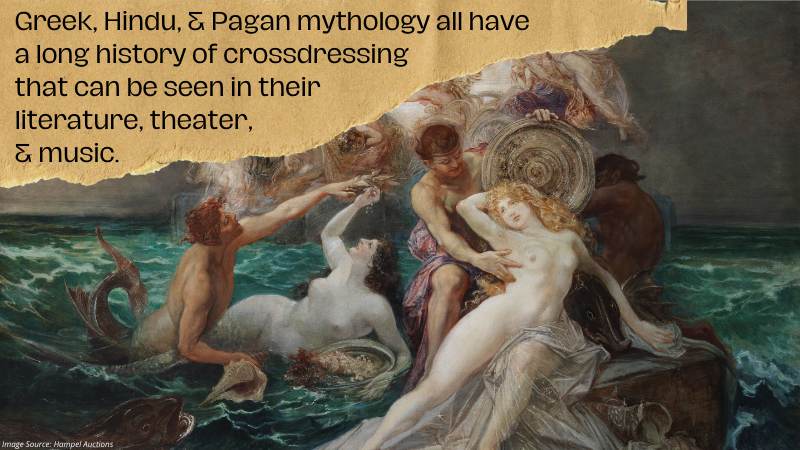
Greek, Hindu, and Pagan mythology all have a long history of crossdressing that can be seen in their folklore, literature, theater, and music.
In Greek mythology, Thetis donned women’s clothing for her son to keep him safe from the Trojan War.
A loose-fitting tunic and a plain bronze helmet disguised Achilles’ true identity.
History also witnessed it in the sixth century AD China, with the story of Mulan, who dresses like a man to take her father’s place in battles (a Disney movie was later made based on it).
During the mid-19th century and World War I, crossdressing became illegal in 45 cities across America and other countries worldwide.
Despite this, crossdressing persisted, all happening under the radar.
Before the Transsexual movement of the 1970s, the concept of a transvestite was widely different from today’s crossdressing community.
The term “transvestite” was a heterosexual male who derived sexual excitement from wearing women’s clothing.
Transvestism has always been seen negatively and rooted in a psychological disorder.
This definition has been used throughout countless eras and has given way to the term “crossdressing” as an alternative by many people today, both LGBTQIA+ people and non-members alike.
Historically, women found it easier to dress as men than vice versa since the latter grew beards.
It’s believed by many today that what is considered crossdressing for a woman may be entirely different from what is culturally accepted for men.
However, both are an open expression of oneself nonetheless.
This is one of the many issues being addressed by third-wave feminism and the modern-day masculist movement.
1. What is crossdressing, and how has it evolved over the years
The act of wearing clothes customarily worn by people who fall into a different gender category is referred to as “transvestism” and is now popularly referred to simply as crossdressing.
Depending on the individual in question, it may or may not have a sexual component.
A person who has come to view their body as belonging to another sex may or may not have a history of crossdressing behavior before beginning gender transition.
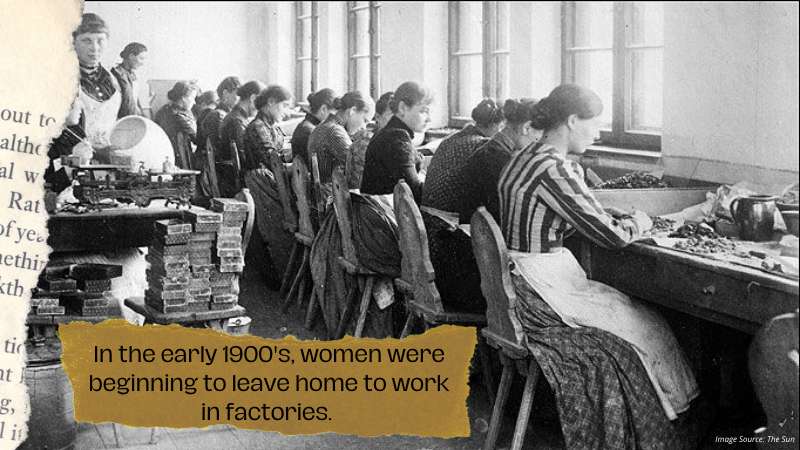
In the early 1900s, women were beginning to leave home to work in factories.
As they did so, society had to adjust to its new norm.
Many conservative men feared that women were becoming too much like men and that this would destabilize society.
Crossdressing was seen as something that posed a social threat to traditional gender norms; some cultures around the world still prohibit their citizens from wearing traditionally opposite clothing items.
Nevertheless, when men crossdressed, it was a different story.
It wasn’t as if their gender roles were being criticized.
Rather, the focus was on their sexuality since homosexuality was also a taboo topic in many parts of the world.
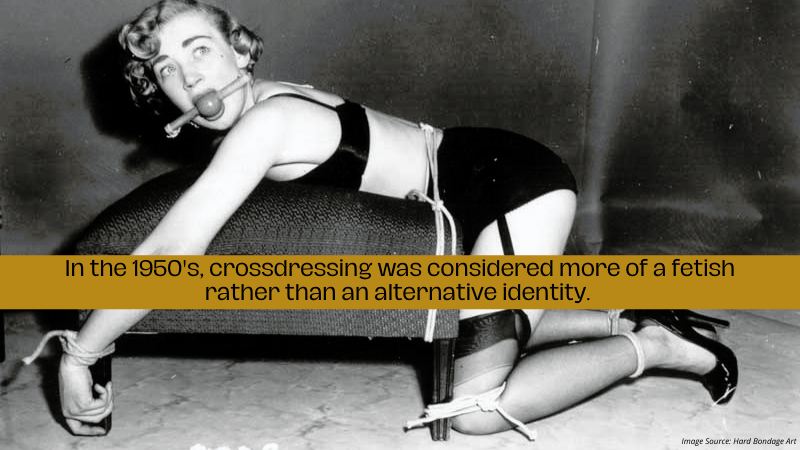
In the 1950s, crossdressing was considered more of a fetish rather than an alternative identity.
For example, a transvestic fetishist wears clothes that are typically meant for the opposite gender (or, in some cases, items designed for members of their gender) to achieve sexual arousal and satisfy their sexual preferences.
This would only be believed to apply to heterosexual men; however, the DSM-5 (a manual for mental disorders assessment and diagnosis) does not have this specification any more, opening it up to both women and men, regardless of sexual orientation.
It’s very common for either member of a heterosexual couple to crossdress simply because it makes the other partner feel aroused or satisfied.
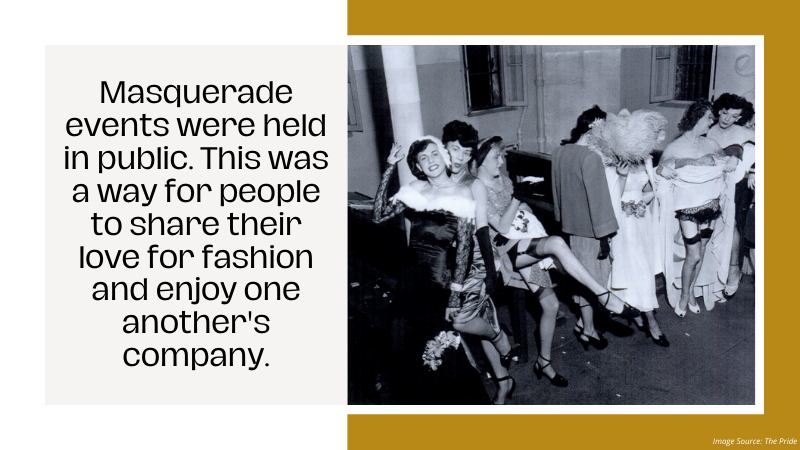
Crossdressing also played a significant role in the growing gay community.
Masquerade events were held in public.
This was a way for people to share their love for fashion and enjoy one another’s company when it wasn’t yet as socially acceptable to be homosexual.
While crossdressers didn’t always identify as homosexual, these events helped to foster communication between members of the gay community.
‘Queer’ is a word that describes someone who doesn’t behave in accordance with their assigned gender.
Fifty years ago, this was commonly applied to boys who showed so much interest or empathy with girls that others mistook them for onlooking women.
This even continued into the 1960s, when the feminist movement became more prominent.
2. The different types of crossdressers and their motivations
When it comes to crossdressing, there isn’t one specific reason people choose to wear clothing of the opposite sex.
Some do it for comfort and style, and others for self-expression and disguise.
It is the desire to shock others or challenge social norms for some.
It’s not uncommon for some folks to feel like they don’t fit into society’s prevalent gender roles.
Still, regardless of the reason, different levels of commitment come into play when crossdressing.
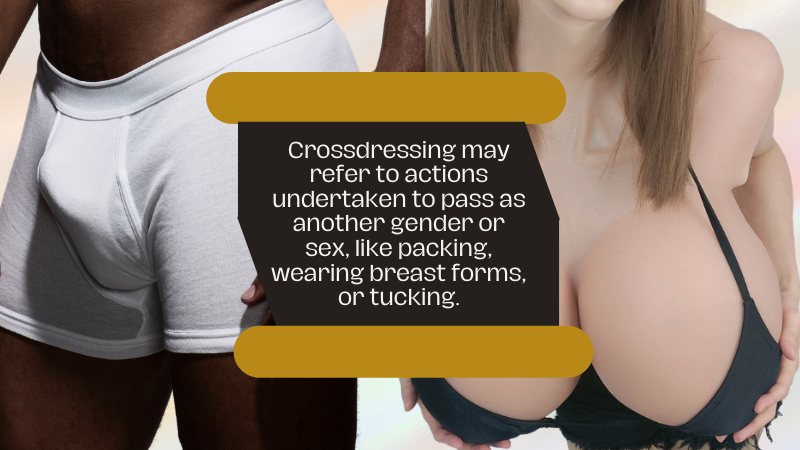
In a broader sense, crossdressing may refer to other actions undertaken to pass as another gender or sex.
For example, packing (to create the illusion of a male crotch bulge) is commonly done by FTM (Female-To-Male) crossdressers.
At the same time, MTF (Male-To-Female) crossdressers will use various cleavage forms to create a more feminine figure.
They will often wear special silicone breast prosthetics in order to make themselves appear more feminine.
Additionally, tucking (where one hides a male crotch bulge) is also done by MTF crossdressers.
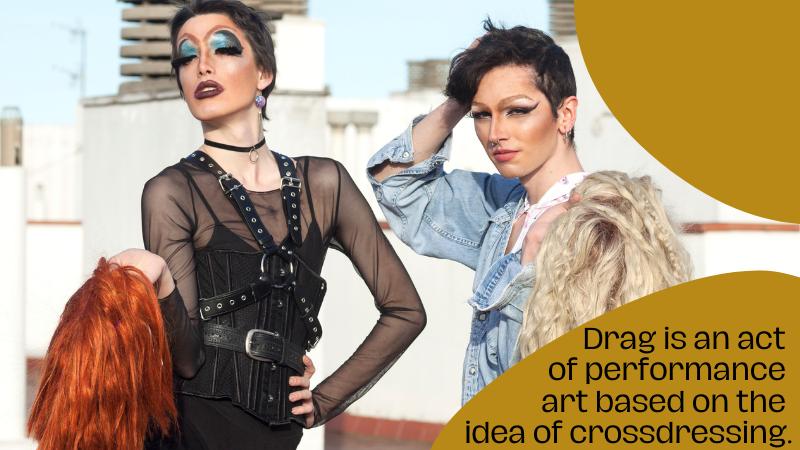
Drag is an act of performance art based on the idea of crossdressing.
Someone who does drag is likely going to start by presenting themselves as an exaggeration of the opposite gender and typically in an amusing and witty way that draws applause from the crowd.
This can include everything from costumes – which may be extravagant dresses or comfortable ones with simple designs – to makeup styles and even personalities!
Wigs are usually used so as to compliment each person’s face shape while keeping up appearances.

Others project a complete impression of belonging to another gender.
This is typically accomplished via the emulation of stereotypical mannerisms and speech patterns associated with women.
These men can be said to have “passed” if they successfully evoke the assumed identity in an observer.
Otherwise, their attempt is said to have been “read” or “clocked.”
There are a variety of books, websites, and films that address strategies on how a man may look more like a woman.
Some crossdressers choose to take on a lifestyle incorporating aspects traditionally embraced by both genders.
This is known as “genderfuck.”
3. How society has reacted to crossdressing throughout history
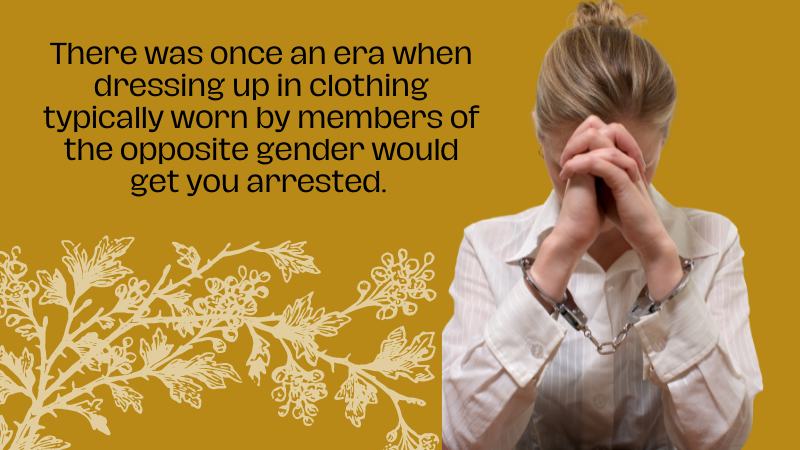
Advocacy for social change has done much to relax the strictly defined roles of genders, such as male and female.
However, society still suffers from having mindsets that keep many people from thinking crossdressing is normal.
There was once an era when dressing up in clothing typically worn by members of the opposite gender would get you arrested.
However, today’s social norm is slowly changing to begin accepting that crossdressing is something completely natural.
Surprisingly enough, in time with how quickly homosexual marriages have been accepted worldwide and become more normal among societies without prejudices against them.
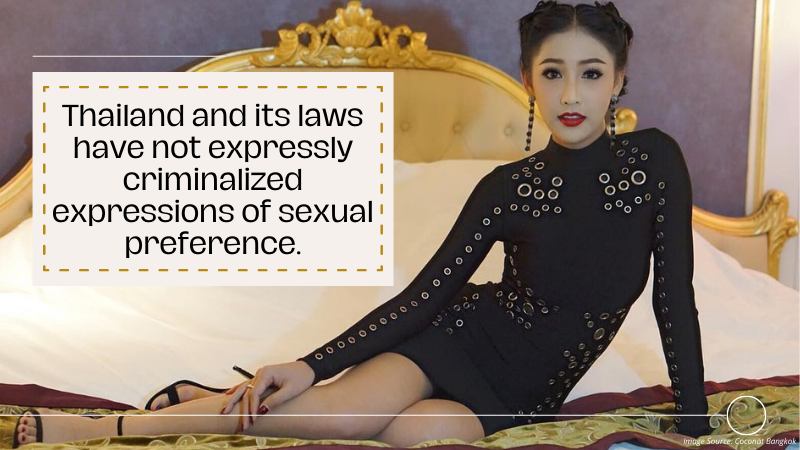
Anti-crossdressing laws became awkward throughout time because it wasn’t certain what the feminine or masculine presentation was.
After the Stonewall riots of 1969, crossdressing arrests diminished and became very uncommon.
Today, while there are few to no laws protecting transgender individuals from discrimination or harassment, many anti-crossdressing laws have been overturned in contrast to the United States and Western Europe, where homosexuality has historically been partially if not completely, criminalized, the Southeast Asian country Thailand and its laws have not expressly criminalized expressions of sexual preference.
It was not until more recently that Thai people began to associate dressing in the clothing of another gender as a sign of homosexuality.
4. Crossdressing in the media and its portrayal of transgender individuals
One of the earliest film conventions was crossdressing, done for laughs or in dramas.
When Charlie Chaplin and Stan Laurel arrived on America’s shores with the Fred Karno comedy troupe in 1910, they left behind their English music hall days where dressing up as women was a tradition.
Both Charlie Chaplin and Laurel crossdress in their films to either give comedic relief or convey a genuine message about gender perceptions.
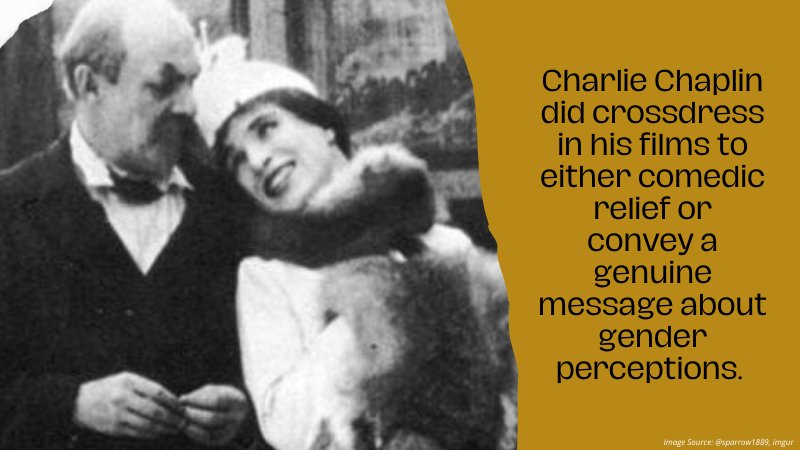
In the early phases of industrialization and modernization in the United States, prior to factory production making it easier for women to enter workplaces as wage laborers, many women needed an income dressed in men’s clothing to gain access to paid labor.
This arrangement allowed them to earn a livable wage, which they then sent back to their families under the care of a family member or household member who was unable to return to work due to illness or other circumstances.
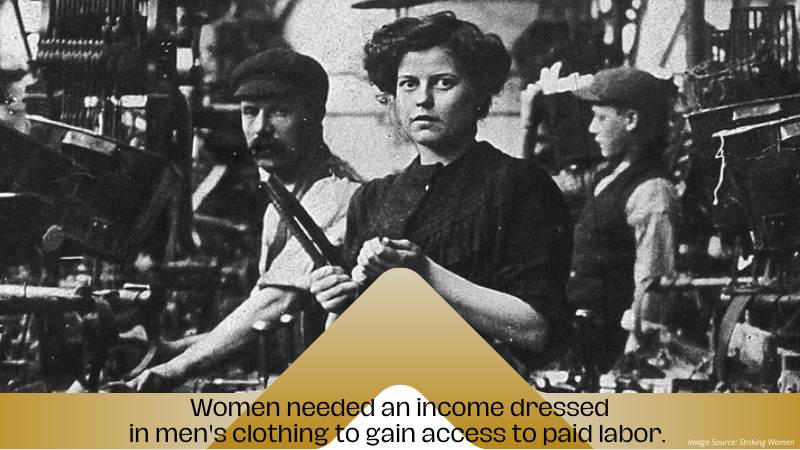
In today’s era, drag queens are usually featured in nightclubs and theaters and typically wear wigs, high heels, large amounts of makeup, shaved eyebrows, and other creative costumes to entertain the audience.
Drag queens are associated at times with gay men, but many other people from different walks of life can also perform as a drag queen.
We often see drag queens playing a humorous role for an audience that loves comedy.
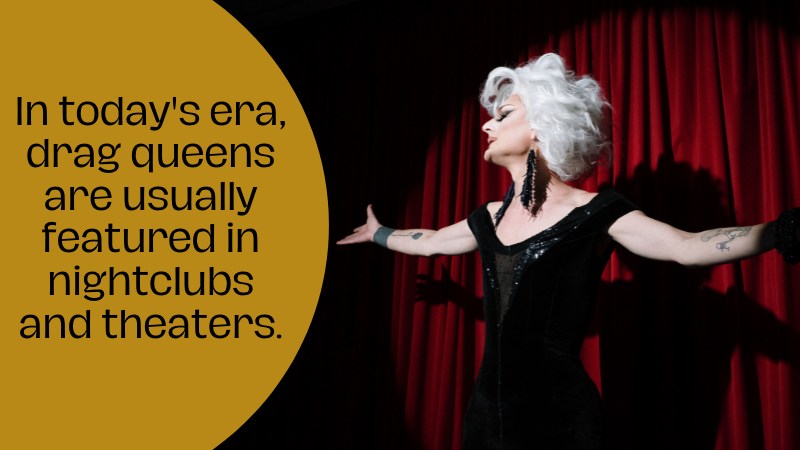
Drag has grown to be a part of mainstream society over the years, and it’s now considered a prominent name in both culture and art.
Drag shows can occur at garden parties, cabarets, nightclubs, or even famous events such as gay pride parades.
They’ve become more widespread these days thanks to several factors, such as the increase in technology and making it easier for people to connect across the globe with drag.
It allows everyone to become more tolerant of others’ differences, including gender and sexuality, not just in daily life but also in their careers, hobbies, and ways of living.
The LGBTQIA community has been leading this type of portrayal for some time now, making drag acceptable even amongst those who are still unaware of what “drag” truly is.
5. The future of crossdressing and its impact on transgender rights

Suppose you are a trans person and want to explore your gender identity but don’t feel ready to transition yet.
In that case, crossdressing can be a safe way to experience what it is like to identify with a different gender.
It can be a one-time experience or a consistent hobby.
No matter what your reason is for doing it, crossdressing can be a fun way to explore different sides of yourself and feel more comfortable in your skin!
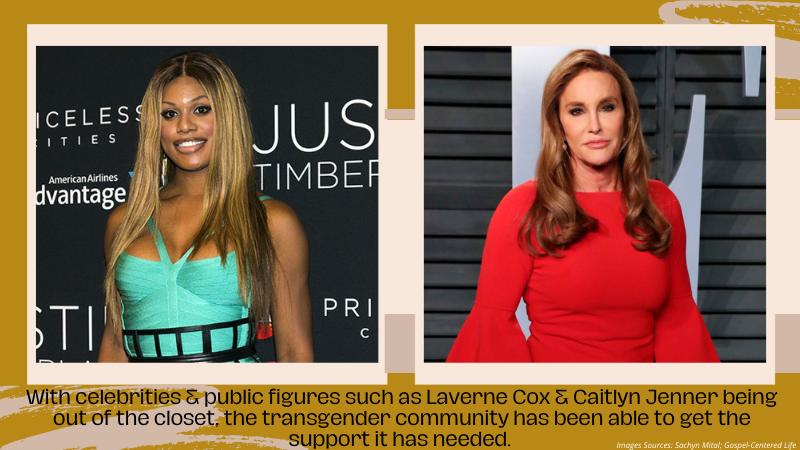
In recent years, there has been a change in the transgender rights movement.
There has been increasing visibility for the transgender community in the media.
Transgender celebrities and public figures have taken the spotlight and made their voice known to the world.
With celebrities and public figures such as Laverne Cox and Caitlyn Jenner being transgender and out of the closet, the transgender community has been able to get the support it needs from the LGBT community.
The future of crossdressing has a lot of room to grow and improve.
There are groups of people working to end the discrimination towards this group of men and women.
These groups, especially in the last fifty years, have made substantial progress toward ending the intolerance towards crossdressers.
As a result, there is much more room for crossdressers to be more public about their hobby, and many have even made a career out of it!
Crossdressing has such a rich history dating back to the past and continued to exist for years.
Both media and society have been influenced by it, with some people finding their true gender roles due to crossdressing.
It has truly come a long way in helping individuals realize true self-expression.
Dressing in clothes not traditionally associated with gender identity or sexuality became a powerful statement.
It helped men and women express their sexuality and assert gender roles, identifying what exactly they are comfortable wearing.
It is something that many people choose to do, not based on societal norms, but instead on how they feel about themselves on the inside.
Learn More:
Tagged With:How crossdressing evolved , understanding crossdressing through time
- How to be a Trans Femboy Influencer in 2024
- 7 Easy Ways to Level Up Your Sexy Femboy Beauty Routine Instantly
- How to Make a Fake Pregnant Belly Look Real: Tips for Every Trimester
- Game On: Sporty Tips for Crossdressers Attending the 2024 Olympics
- How to Pose for Lewd Cosplay Photos for Crossdressers
- How to Explore Crossdresser Bondage Safely and Sensually
Established in 2009, We are a recognized manufacturer and seller of professional crossdressing products.
It is our aim to become not just the most creative manufacturer but also a very considerate seller, as we provide the best quality products for crossdressers all around the world.
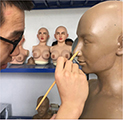
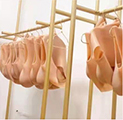




















 Breast Forms
Breast Forms  Body Suit
Body Suit  Realistic Mask
Realistic Mask  Femini Girdle
Femini Girdle Hip & Butt Enhancement (8)
Hip & Butt Enhancement (8) Penis Prosthesis
Penis Prosthesis Fake Muscle
Fake Muscle Bikini
Bikini  Wig
Wig  Corsets
Corsets Course
Course service@roanyer.com
service@roanyer.com +8618652200711
+8618652200711 Facebook
Facebook YouTube
YouTube Twitter
Twitter Instagram
Instagram




